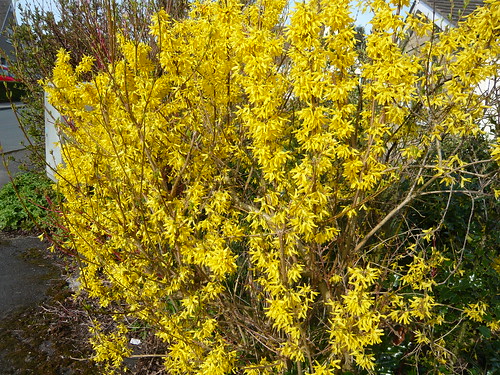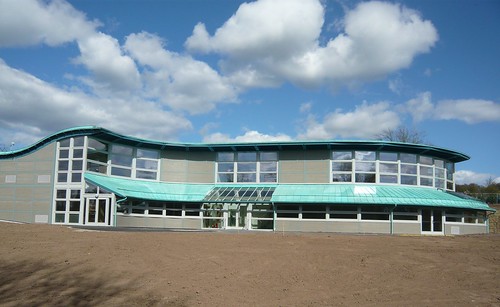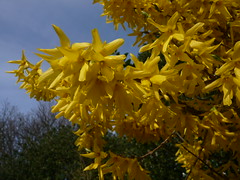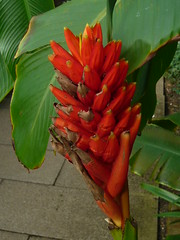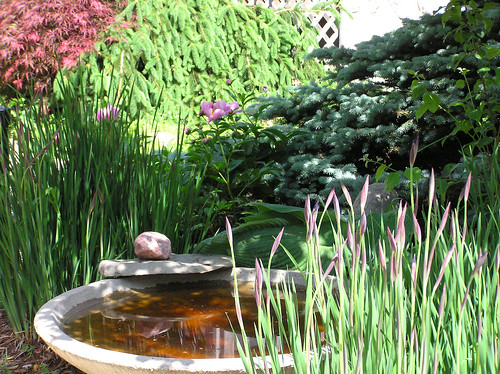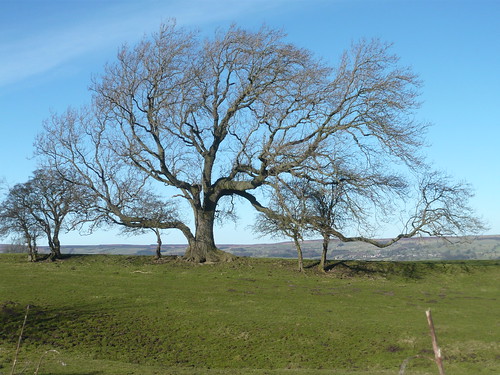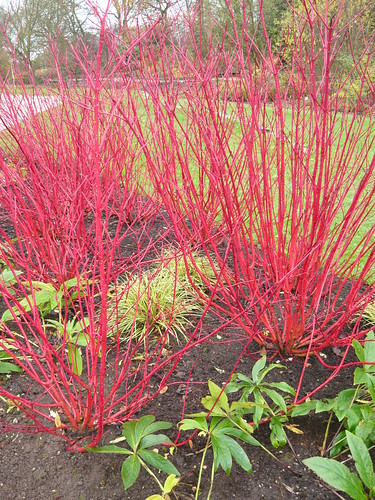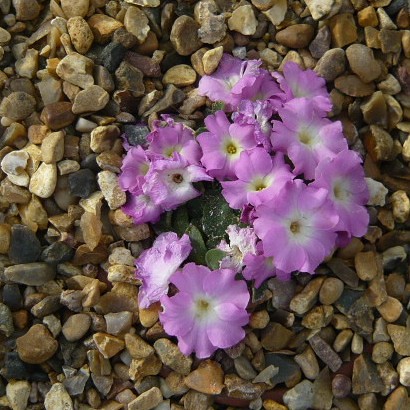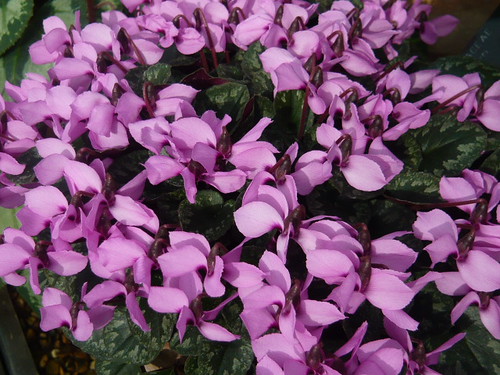Tips for Moving Shrubs such as Forsythia
How do you move shrubs that have out grow their current location? When should you move flowering shrubs?
Tips for Moving Shrubs
Move plants only when unavoidable by digging around the plant to create a big root ball of soil.
Heavy rootballs can be dragged into place on a piece of sacking or an opened out compost bag.
Dig a £10 hole for a £5 plant, loosen the bottom of the hole, mix in some bone meal, back fill, tamp down the soil and water in.
Replant at the same depth – look for the soil level on the trunk or lower branches.
If the shrub is really big and bulky, prune it back hard before moving. You may loose some blossom the following season but it should regrow.
When to Move Plants
Move flowering shrubs in early winter when the shrub is dormant.
Incase of fatality take and root cuttings before moving.
If moving house ask permission of the new owner or stipulate your intentions when selling your property.
If you must move the plant when it is growing, water well for several days before, prune off unnecessary lush growth and do not allow the roots to dry whilst moving.
After Care
Keep your shrub well watered and mulched until it settles down.
Do not stress the plant by striving for excessive blooms in year one
Revitalise the soil around the old hole for your next plant. Humus and nutrients will be needed.
